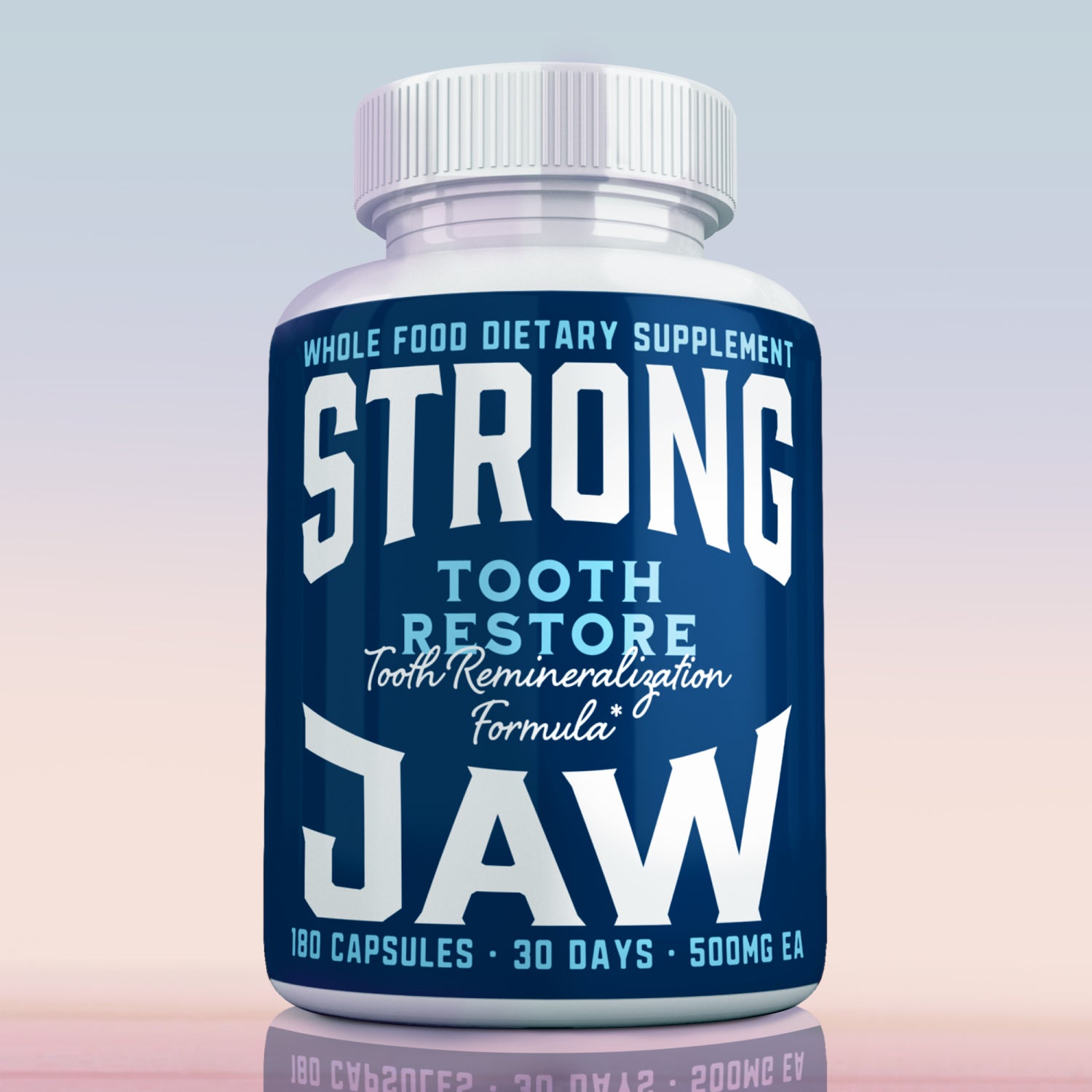Is Melanoma Really a Skin Cancer?
Introduction
Welcome back to our blog series that dives deep into the relationship between the sun and our health. So far, we've explored the sun's positive effects on our body, from the production of essential Vitamin D to the mood-boosting effects of natural sunlight. But, there's always the looming topic of skin cancer that makes many people skeptical about sun exposure.
Today's post aims to deconstruct one of the most widely believed notions—that melanoma, the most feared type of skin cancer, is primarily caused by sun exposure. We will dig deep into several studies and look into the actual risk factors associated with melanoma. Could there be more to the story than just the sun? Let’s find out.
The Preconceived Notion About Skin Cancer
For years, the general public has been taught to believe that sun exposure is the primary cause of skin cancer. When we talk about skin cancer, the three types that immediately come to mind are Melanoma, Squamous, and Basal cell cancer. Additionally, a precursor to these cancers called "actinic keratosis" is often discussed.
Of these, melanoma is the most dreaded because it is more likely to spread to other parts of the body. However, as we're about to see, melanoma might not be as sun-associated as we once thought.
Melanoma and Occupational Exposure: Case Studies
European Multi-Center Case Control Study


A comprehensive study called the European Multi-Center Case Control Study had some startling findings to share. The study looked at outdoor workers who were naturally at greater risk due to higher sun exposure and compared them to indoor workers. According to the data:
| Outdoor Workers' Characteristics | Indoor Workers' Characteristics |
|---|---|
| More risk behaviors | Less risk behaviors |
| Lower health literacy | Higher health literacy |
| More exposure to sun | Less exposure to sun |
| Less sunscreen use | More sunscreen use |
Outcome: Outdoor workers had a higher risk of developing sun-associated cancers like actinic keratosis, basal cell, and squamous. However, they showed no significantly increased risk of developing melanoma.
The Lancet 2004 Study: Is There More Than One Road to Melanoma?


Another eye-opening study titled "Is There More Than One Road to Melanoma?" published in The Lancet in 2004 corroborates the earlier study. It found that outdoor workers had a decreased risk of melanoma compared to indoor workers. This led to the counter-intuitive conclusion that chronic exposure to sunlight might actually protect against melanoma.
The Epidemiology of Melanoma
Both the European Multi-Center Case Control Study and The Lancet 2004 Study are not alone in their findings. A plethora of studies echo the same message: melanoma may not be directly related to sun exposure. In fact, epidemiological evidence suggests that regular exposure to the sun may even offer some degree of protection against melanoma. This flies in the face of conventional wisdom, which links sun exposure to skin cancer directly.
Dietary Factors: Melanoma and Dietary Lipids Study
Study from 1987
One study that particularly caught my eye was titled "Melanoma and Dietary Lipids," published way back in 1987. The study highlighted an interesting correlation:

| Years | Linoleic Acid Consumption | Melanoma Rate |
|---|---|---|
| 1975 | Low | Low |
| 1985 | High | High |
This study questioned whether the increasing levels of linoleic acid in our diets could be making our cell membranes more fragile, leading to oxidative DNA damage when exposed to sun.


The Linoleic Acid Hypothesis
Now, could this fragility in cell membranes due to linoleic acid be contributing not just to melanoma but also to squamous and basal cell cancers? Although there are no studies directly supporting this hypothesis, it's a question that we should take seriously. This line of inquiry might offer a completely new approach to understanding melanoma and other types of skin cancer.
Open Questions and Future Research
There are, however, limitations to these findings. First, while the data points to interesting correlations, they do not establish a clear cause-and-effect relationship. What we desperately need are more comprehensive studies that examine the links between dietary factors like linoleic acid and melanoma. Only then can we start drawing more concrete conclusions.
Conclusion
In light of the studies discussed, it's clear that the relationship between melanoma and sun exposure is not as straightforward as once thought. There's compelling evidence to suggest that the story is far more nuanced, and may involve factors like occupation and even our diet. This could have profound implications for how we approach skin cancer prevention and treatment.
There’s an urgent need for more interdisciplinary research to fully understand the factors contributing to melanoma. It's time for us to step out of the sun-shaming shadow and explore these unanswered questions.
Disclaimer
This blog post is meant for informational purposes and should not replace professional medical advice. Always consult your healthcare provider for diagnosis and treatment of skin cancer or any other medical conditions.
Thanks for joining me in this enlightening exploration. Stay tuned for more deep dives into the intricacies of our relationship with the sun.

